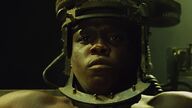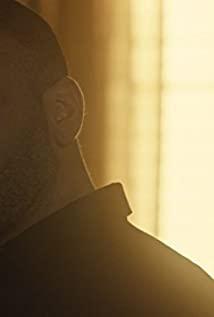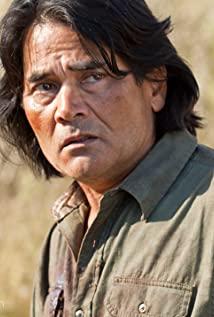The first part is simply the thrill of murder and the plot, the second part teaches us not to waste time, and the third part tells us that forgiving others is also redeeming ourselves.
The overall effect of the film is obviously not as good as the previous two films, and it is obviously not as good as the previous film in terms of bloodiness alone, perhaps because Amanda succeeds the jigsaw in this film, the plot needs it, and the director does it intentionally.
The same on the same network is that at the end of the film, the tension and rhythm of the film rise exponentially, and the three films can be said to be sublimated by the reversal of the ending.
It can be said that the plot is seamless, every previous sentence of Jigsaw hints at the development of the plot, especially the flashback-style editing at the end is enough to make the audience open their mouths.
The theme of this part is forgiveness. The male protagonist forgives those who are related to his son's car accident, and for these people, it can also be considered as redemption.
Amanda got angry and shot the female doctor. Unexpectedly, the male protagonist who followed was the female doctor's husband, and the bullet prepared by Jigsaw became Amanda's farewell song. The male protagonist did not forgive and killed Jiu. Saw directly led to the death of his wife, and Jigsaw was the only one who knew the whereabouts of the hero's daughter.
The reversal of the whole film is concentrated at the end, and at the end, anyone who can truly forgive, or Amanda, or the male protagonist, will not lead to the death of the male protagonist's family. Jigsaw is not very intelligent, only But he knows people too well.
View more about Saw III reviews











